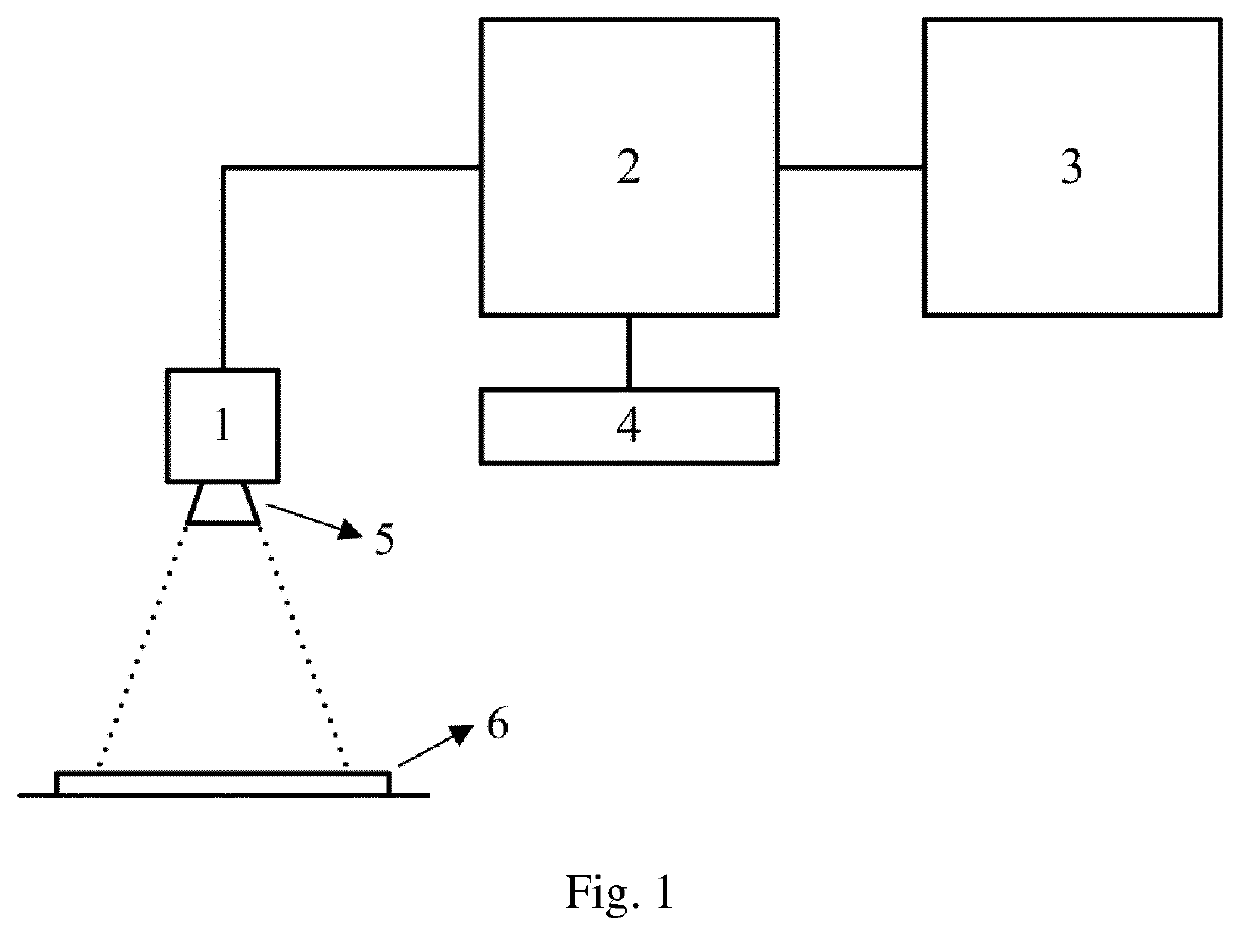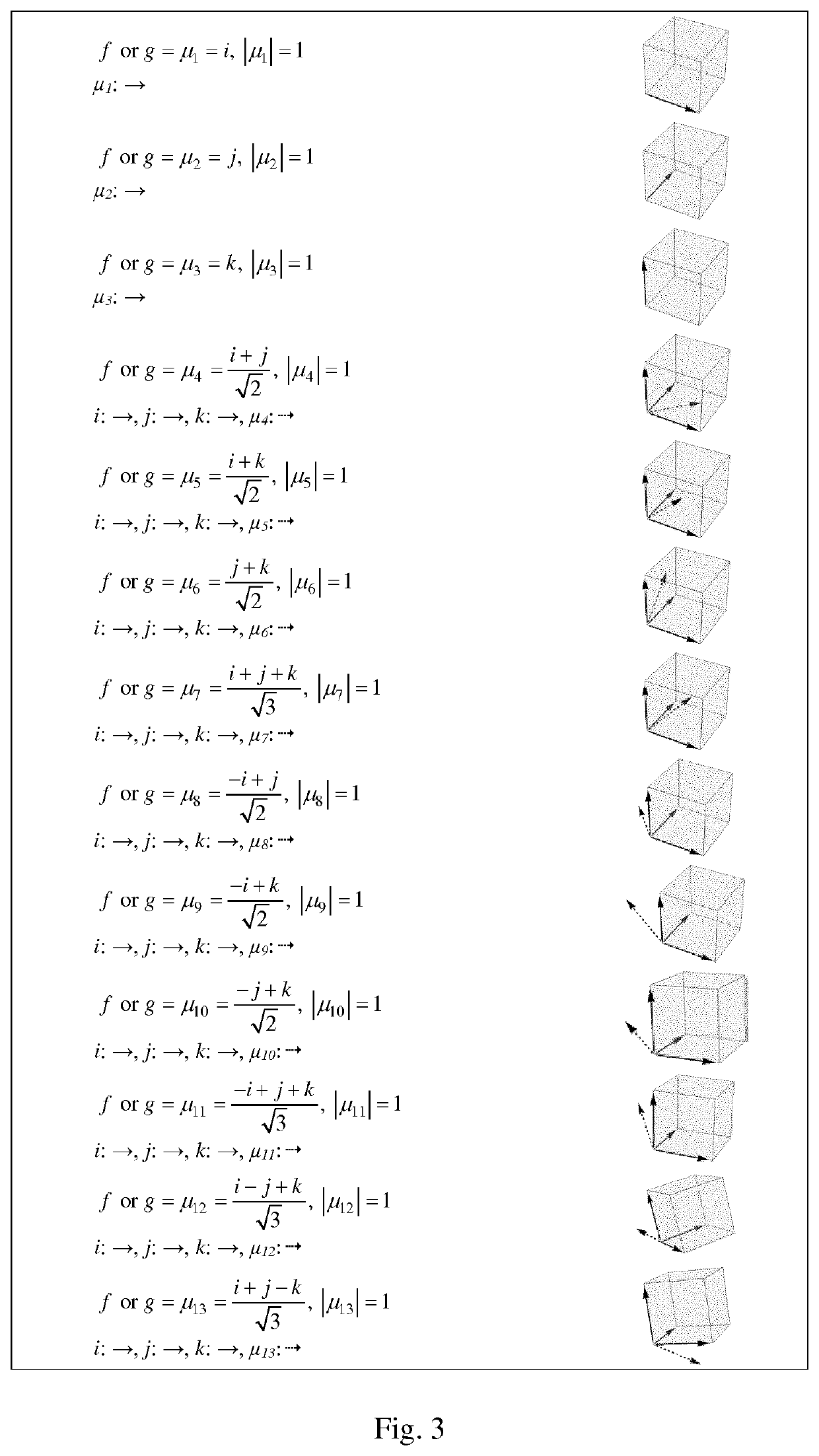Method, Software Module, and Integrated Circuit for Color Visualization and Separation
a technology of color visualization and integrated circuits, applied in image enhancement, instruments, recognition of medical/anatomical patterns, etc., can solve the problems of affecting expert interpretation, affecting the evaluation phase, and consuming time and effort, so as to improve the manual assessment and improve the quality of the evaluation phase. , the effect of simple and rapid separation of specific colors
- Summary
- Abstract
- Description
- Claims
- Application Information
AI Technical Summary
Benefits of technology
Problems solved by technology
Method used
Image
Examples
examples
[0077]Examples are provided in FIGS. 4 to 6 by applying a method according to the present invention for color visualization and separation of an image.
[0078]The first example A1 is a method for the visualization of certain colors in an image. This example comprises the following steps:[0079]Input a color image (elements ∈) and convert to a quaternion matrix (elements ∈).[0080]Perform the orthogonal 2D planes split using any pure unit quaternion combination of interest from μ1 to μ13 (elements ∈).[0081]Convert quaternion matrix to three real matrices corresponding to the three-color channels R, G, and B (elements ∈).[0082]Normalize the values of each matrix or entire array to the range 0 to 1 using corresponding minimum and maximum values (elements ∈).[0083]Concatenate the three matrices into one and output a color image (elements ∈).
[0084]A color image (e.g. RGB) comprises pixels each having three components which represent values for the colors red, green and blue. The pixels form ...
PUM
 Login to View More
Login to View More Abstract
Description
Claims
Application Information
 Login to View More
Login to View More - R&D
- Intellectual Property
- Life Sciences
- Materials
- Tech Scout
- Unparalleled Data Quality
- Higher Quality Content
- 60% Fewer Hallucinations
Browse by: Latest US Patents, China's latest patents, Technical Efficacy Thesaurus, Application Domain, Technology Topic, Popular Technical Reports.
© 2025 PatSnap. All rights reserved.Legal|Privacy policy|Modern Slavery Act Transparency Statement|Sitemap|About US| Contact US: help@patsnap.com



